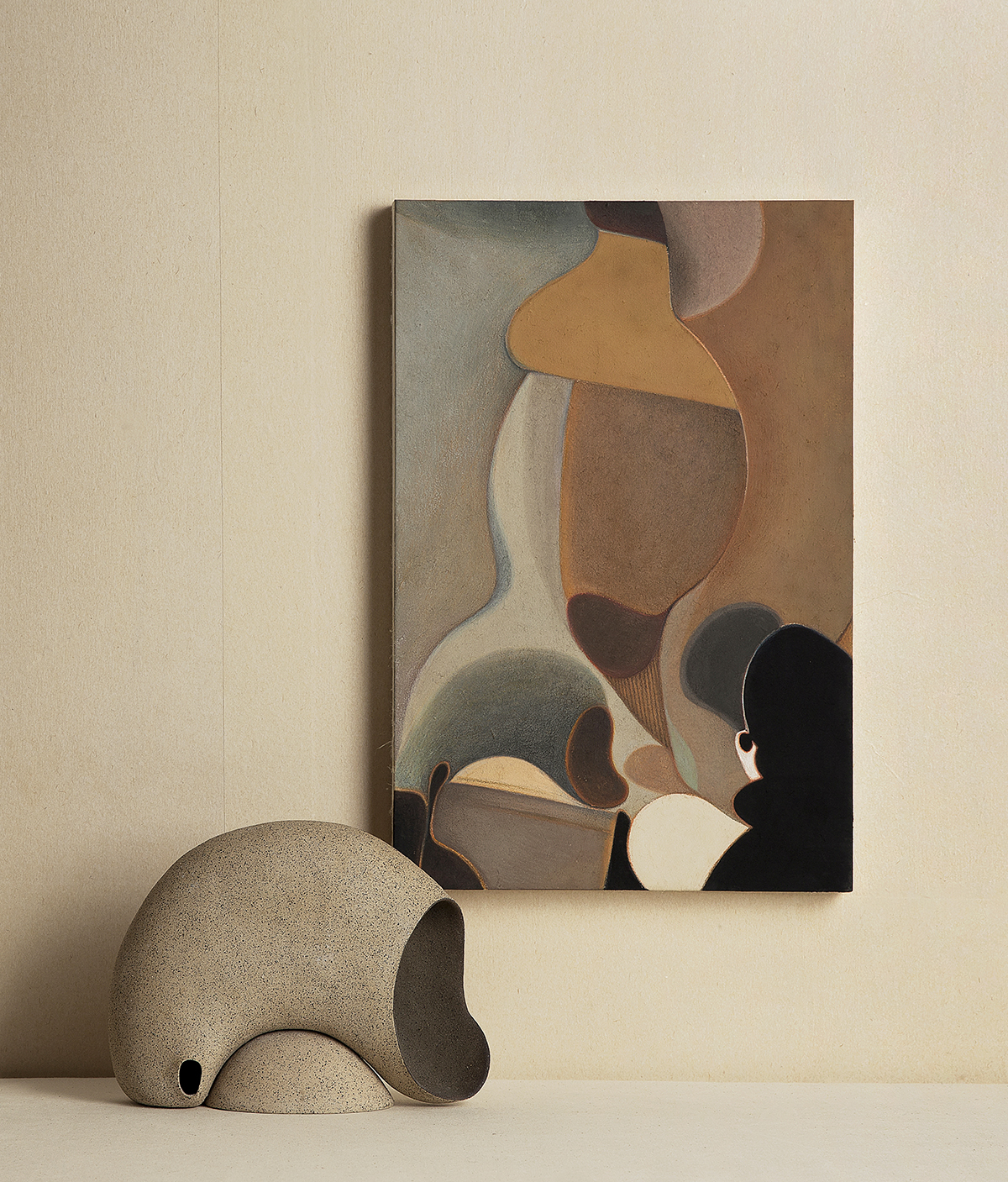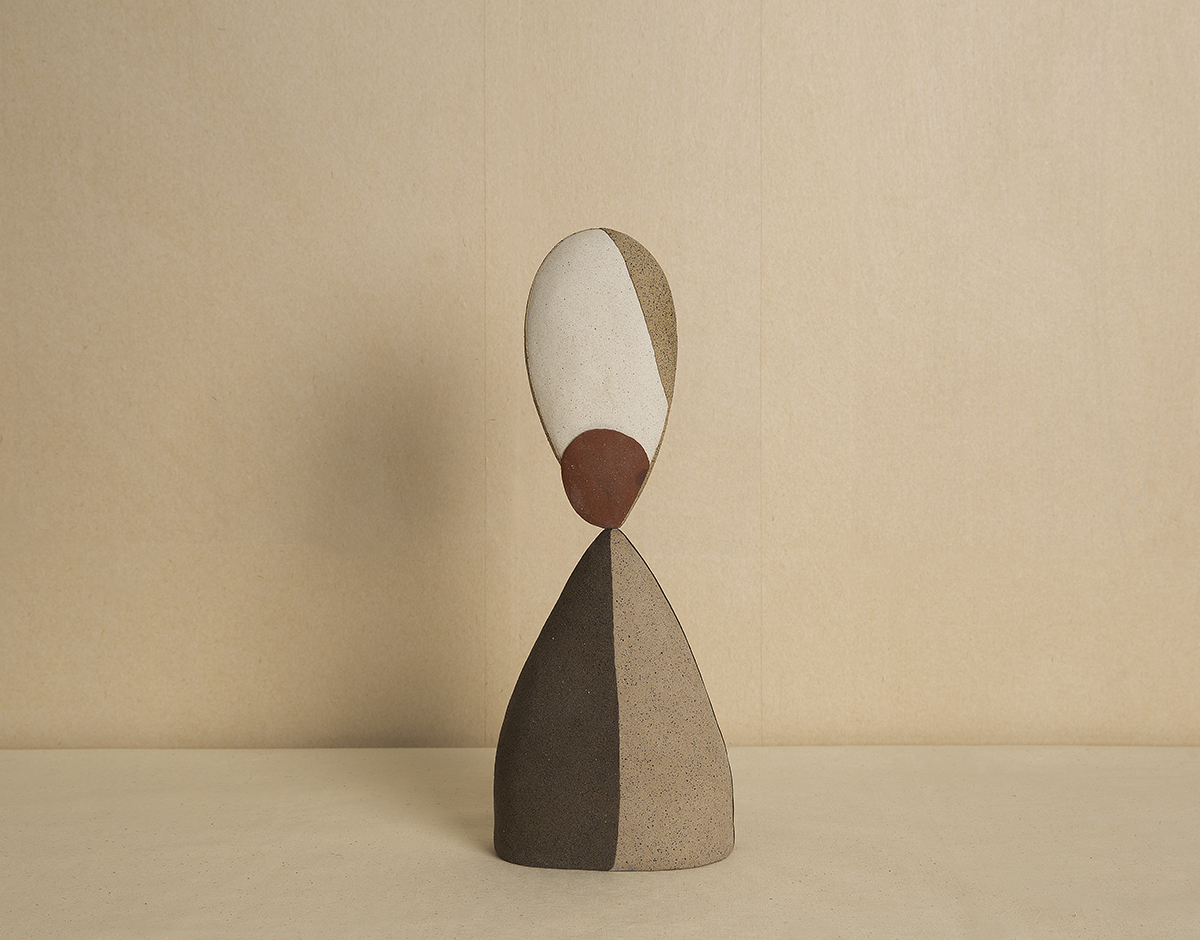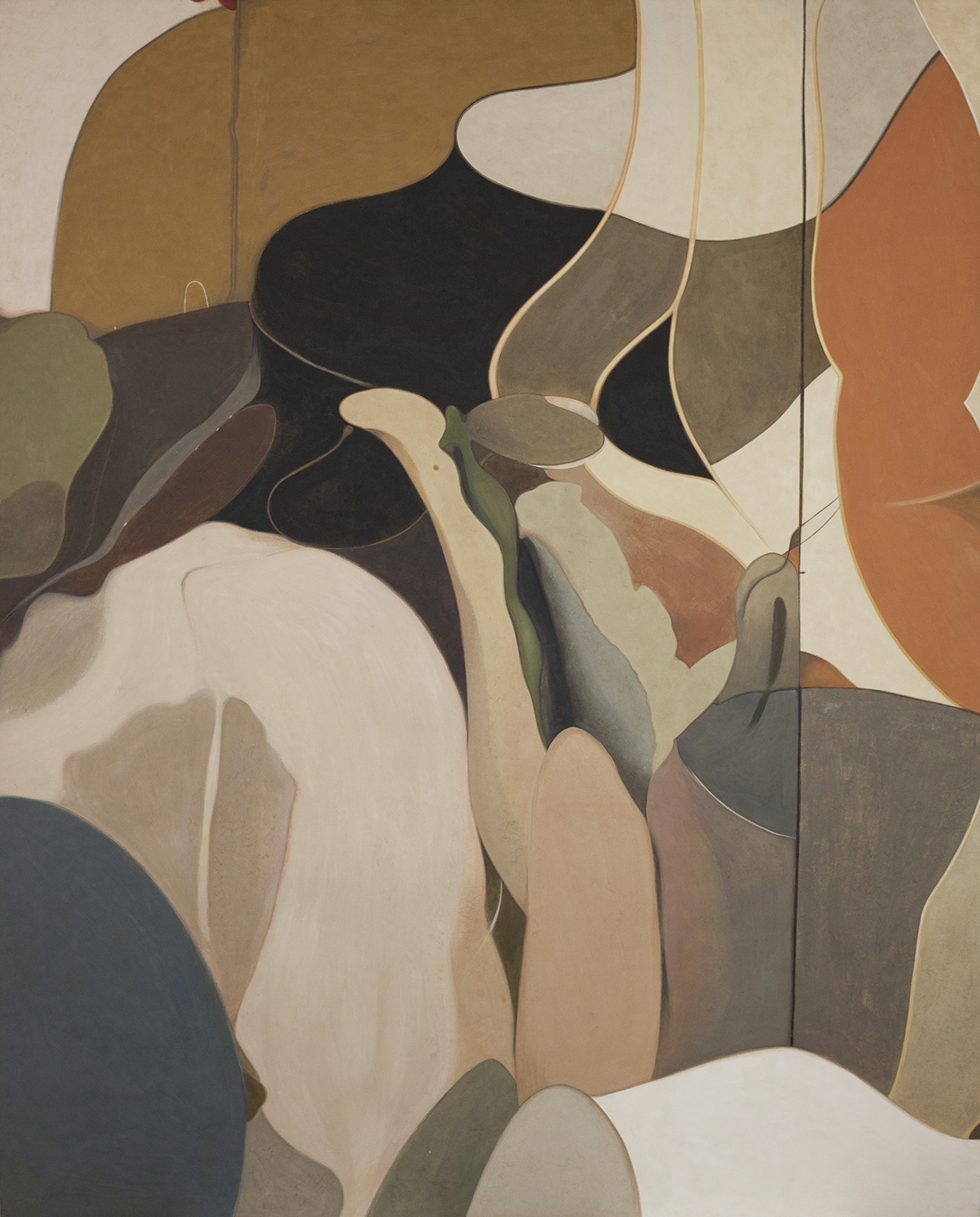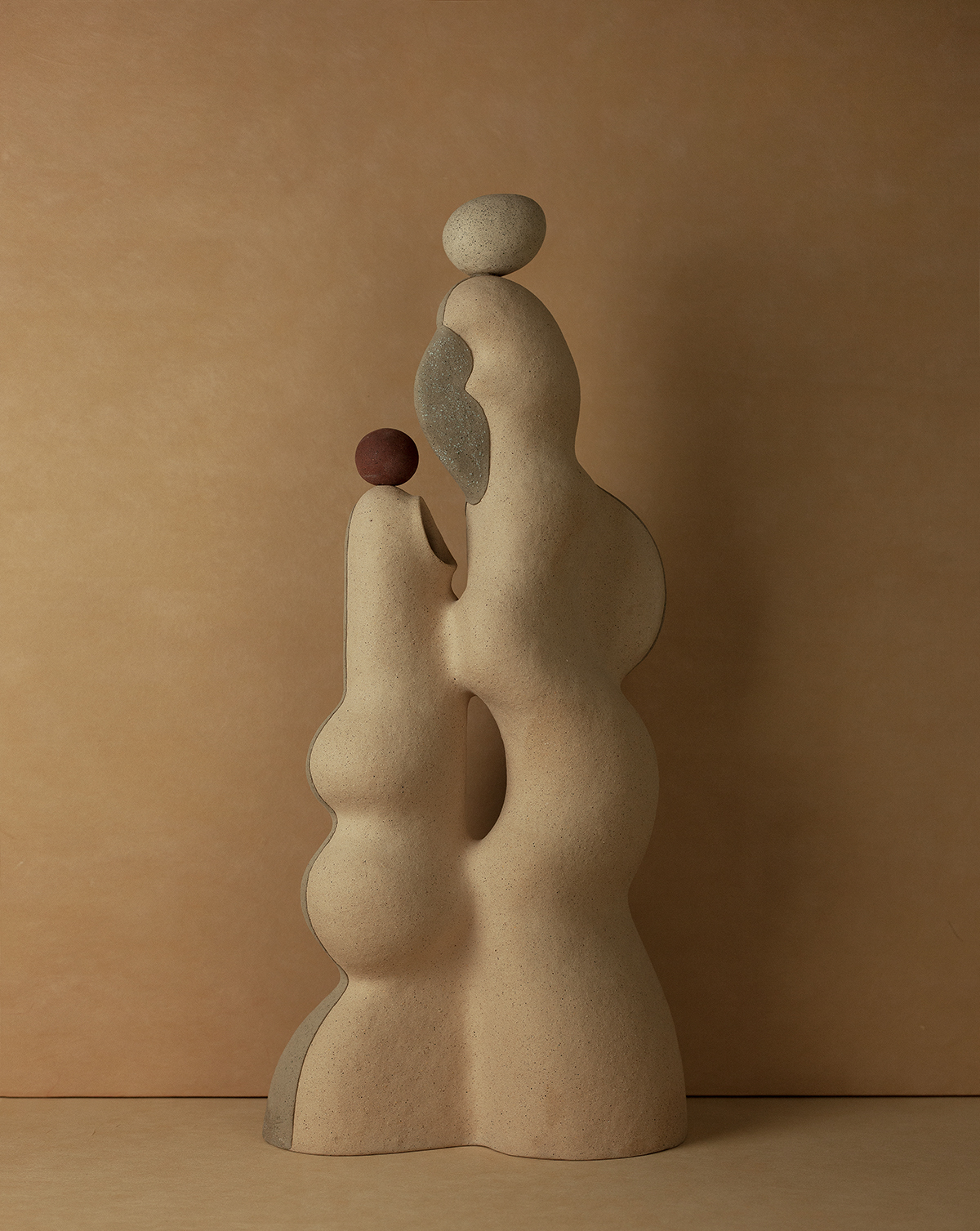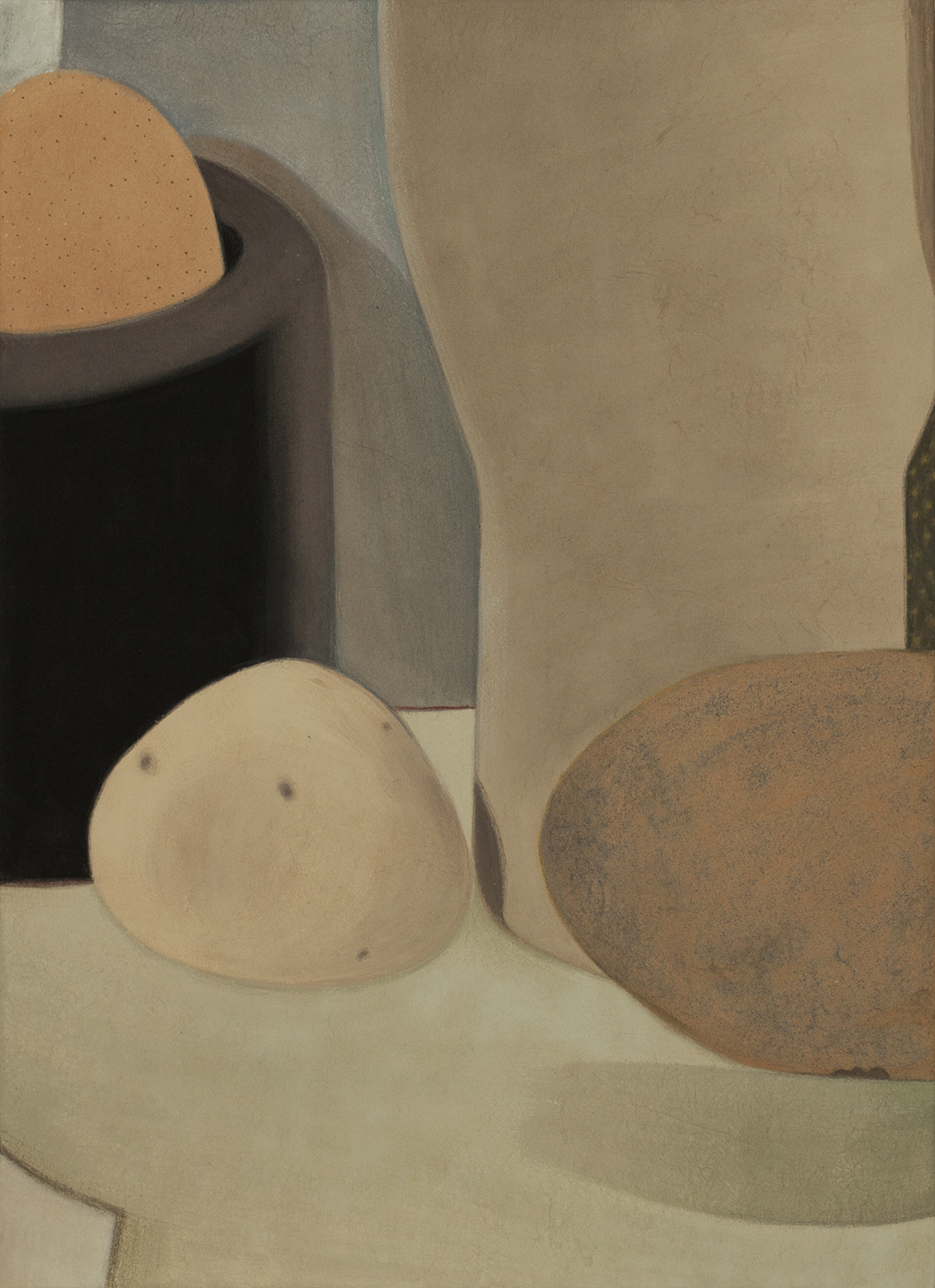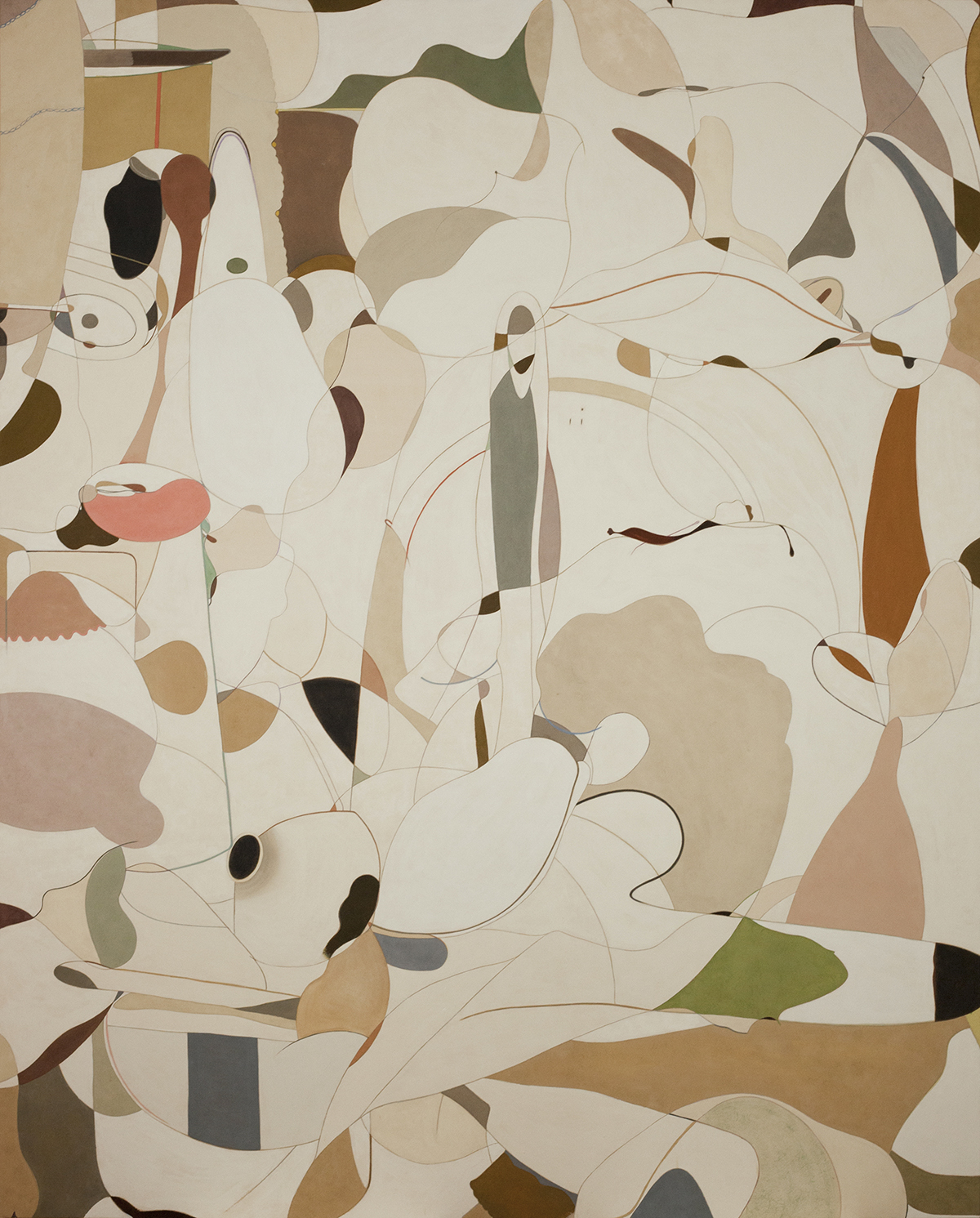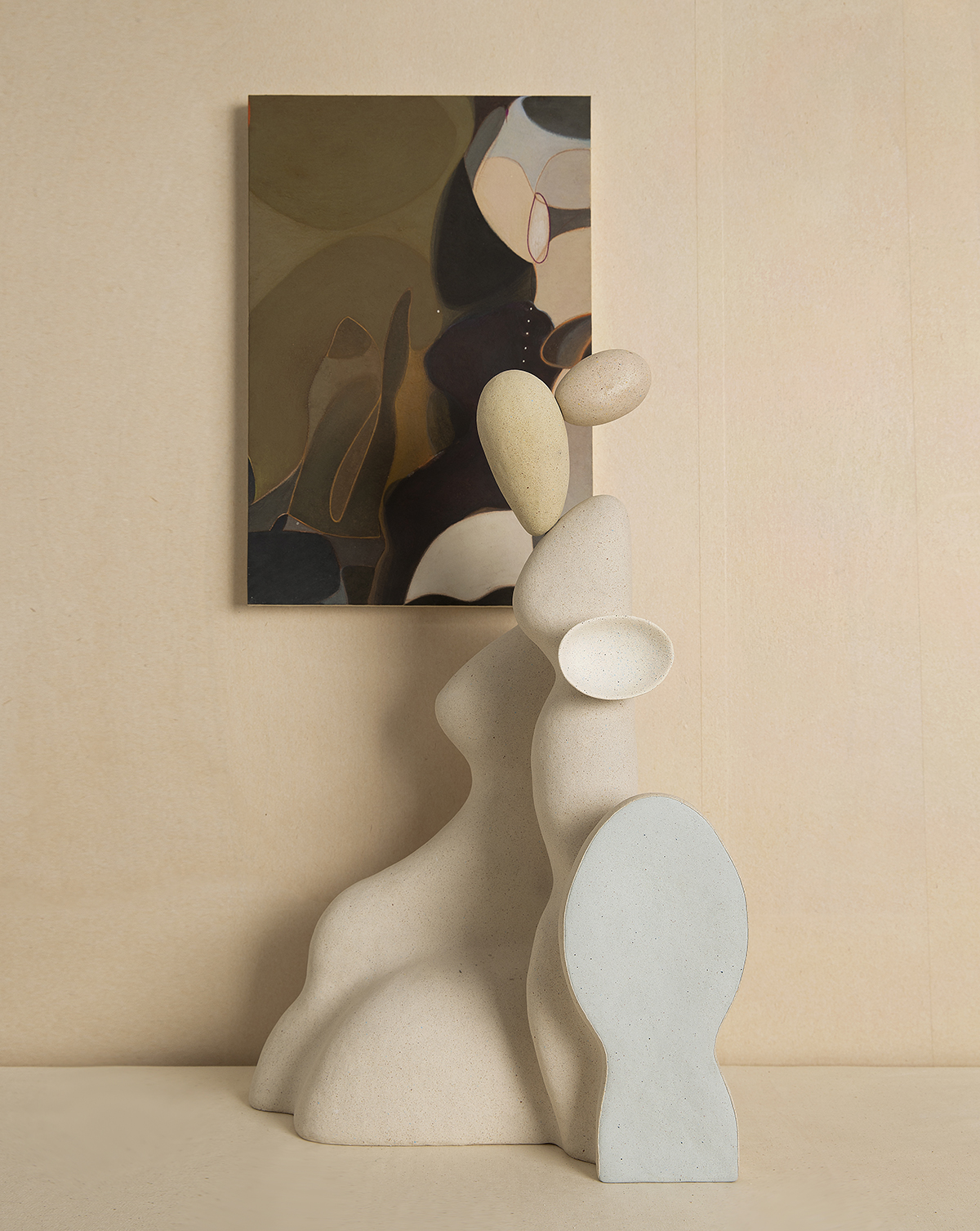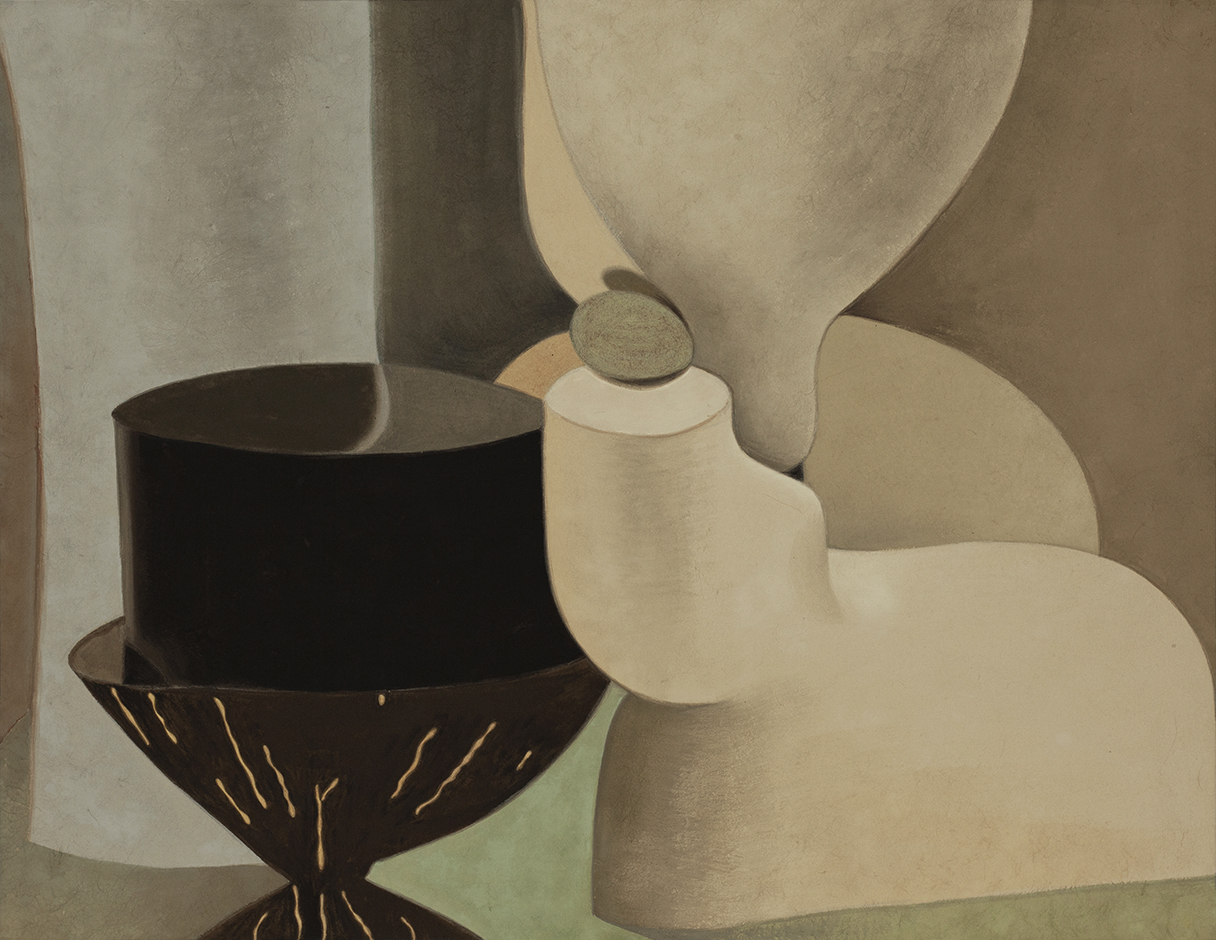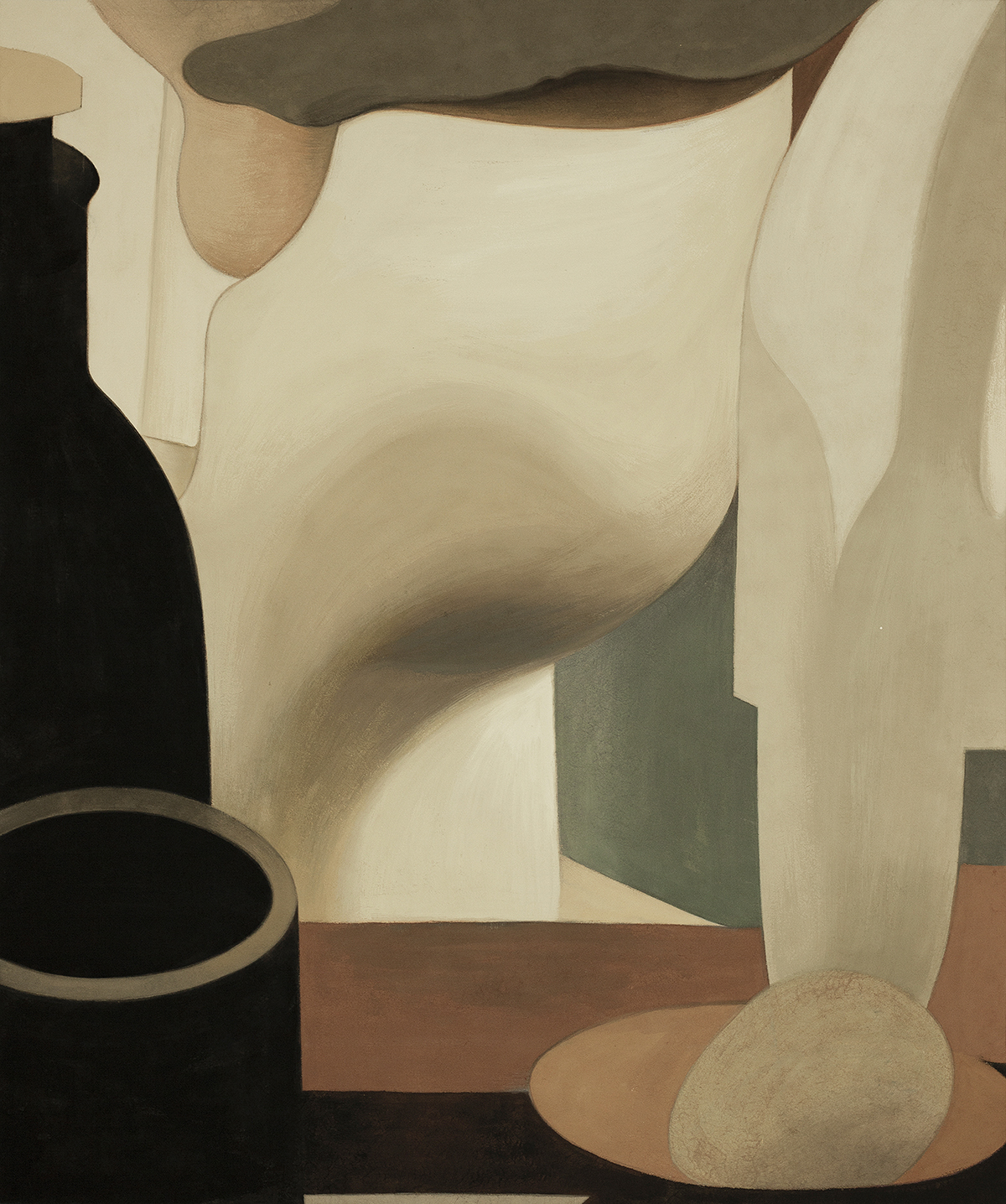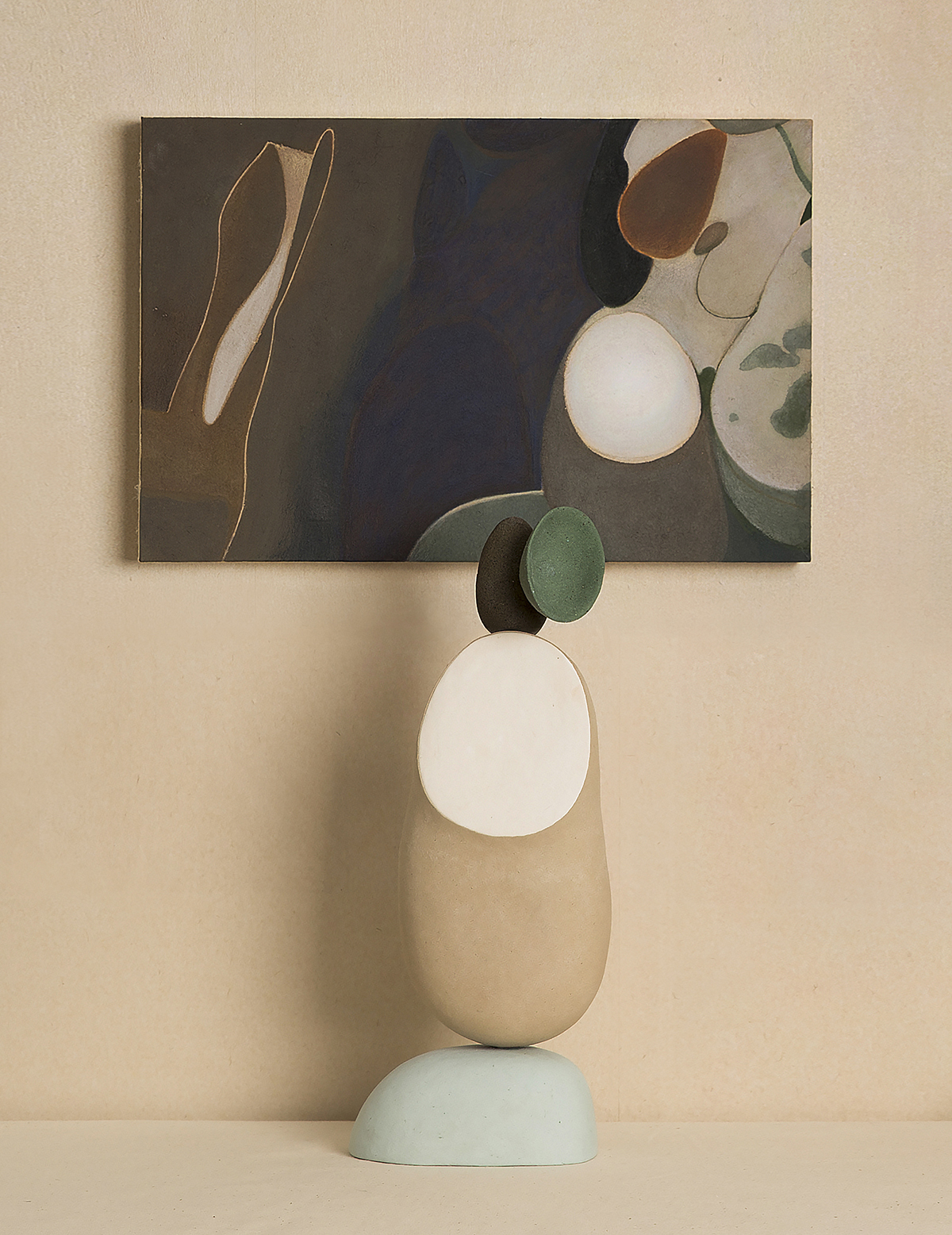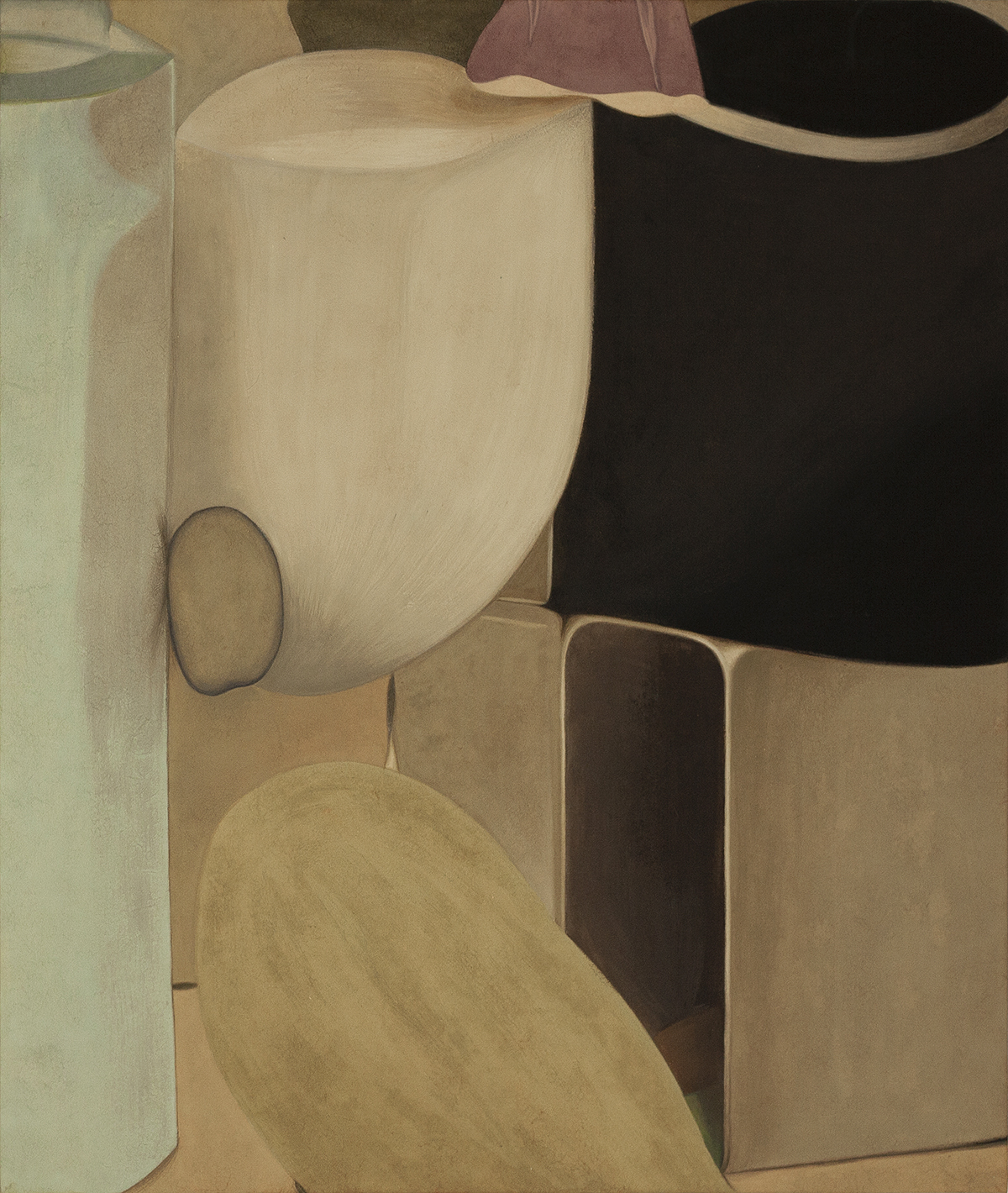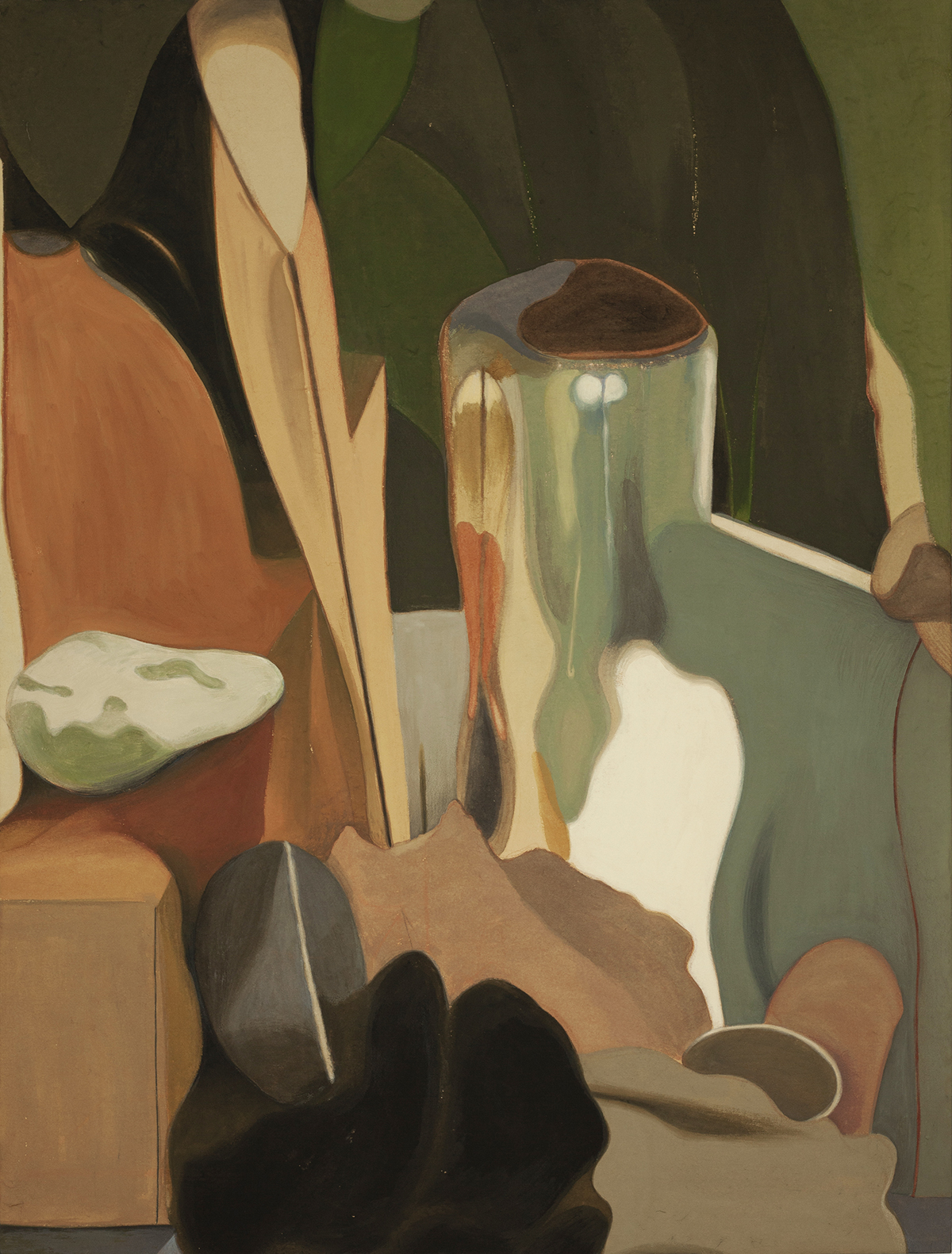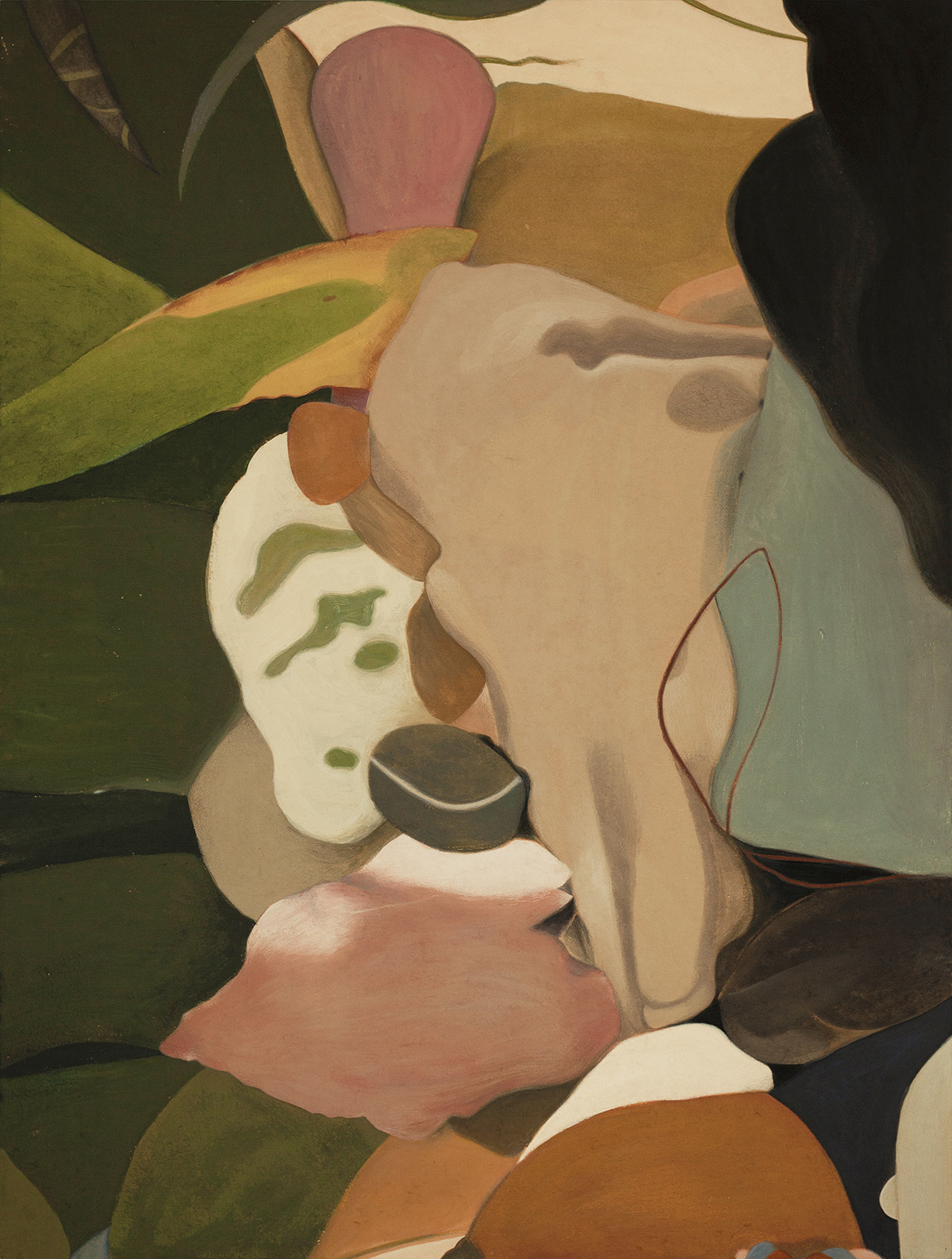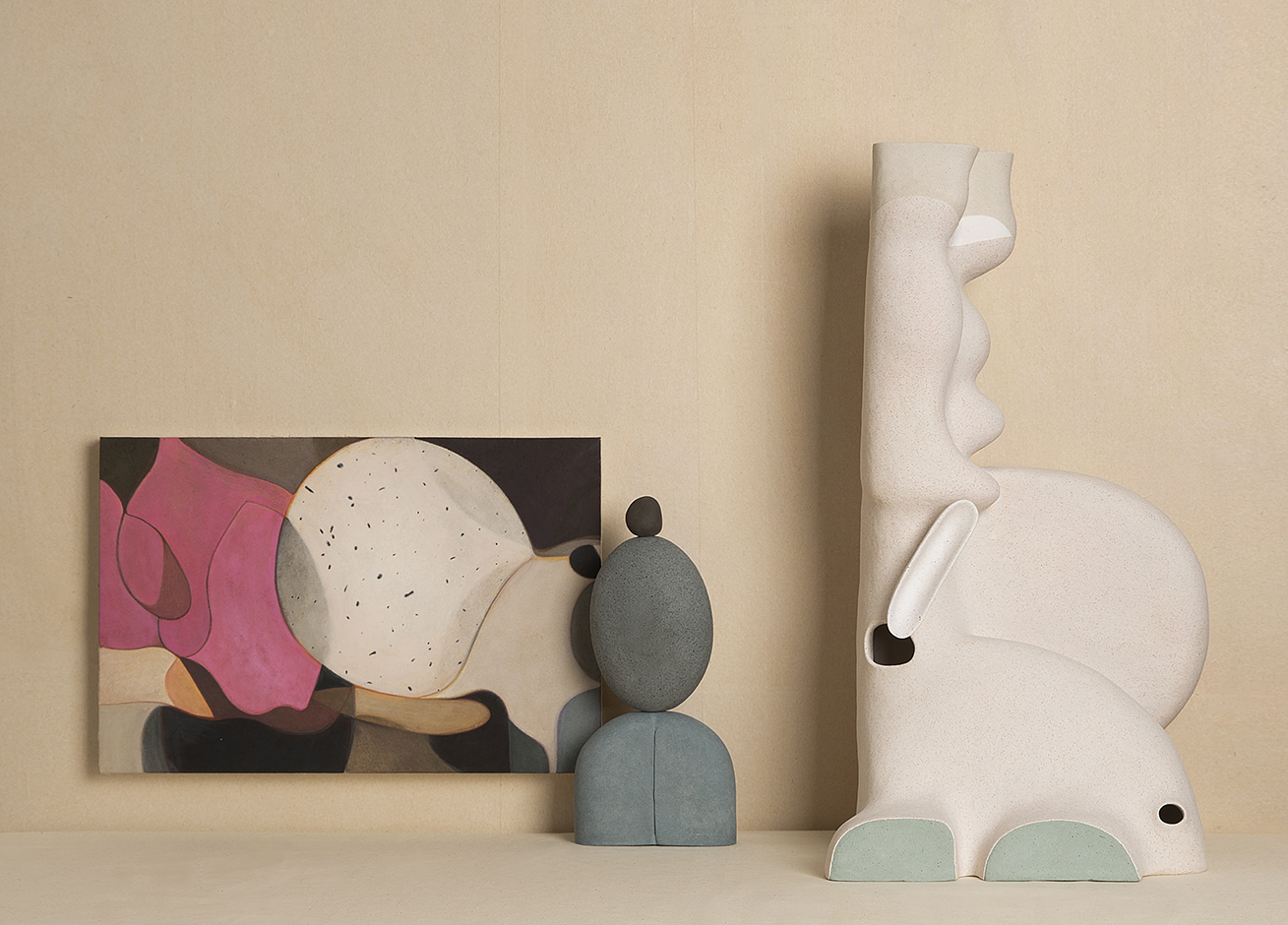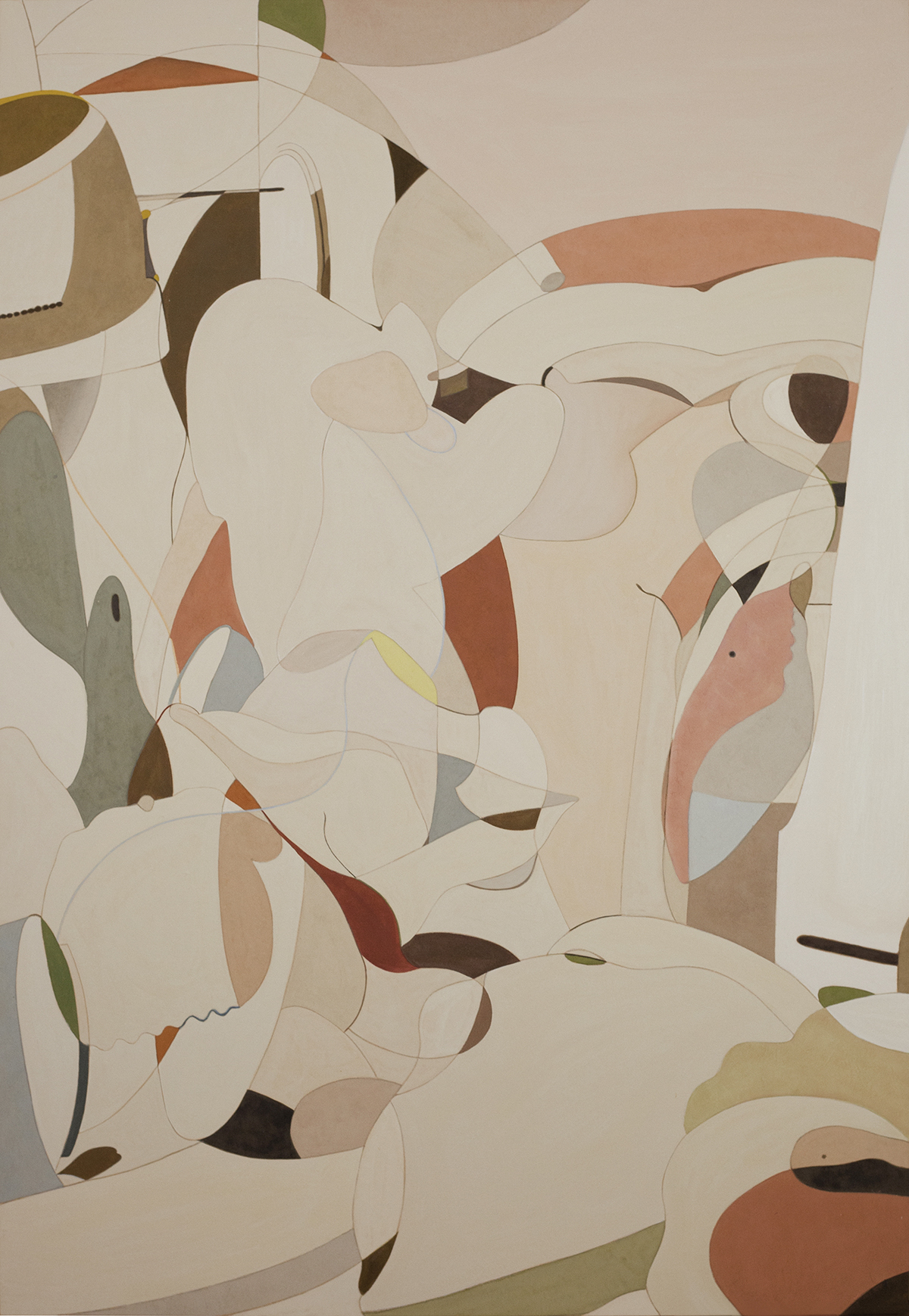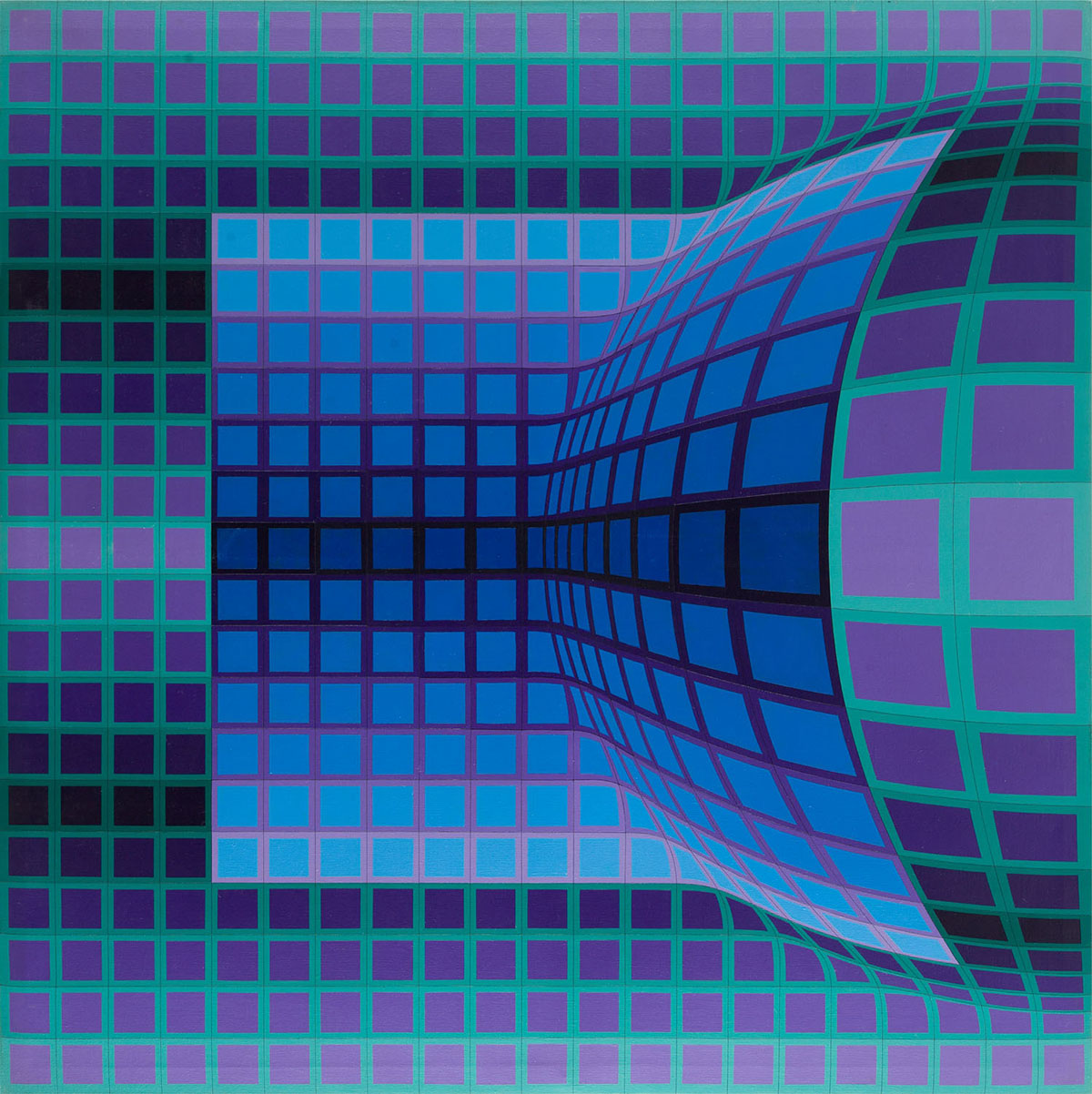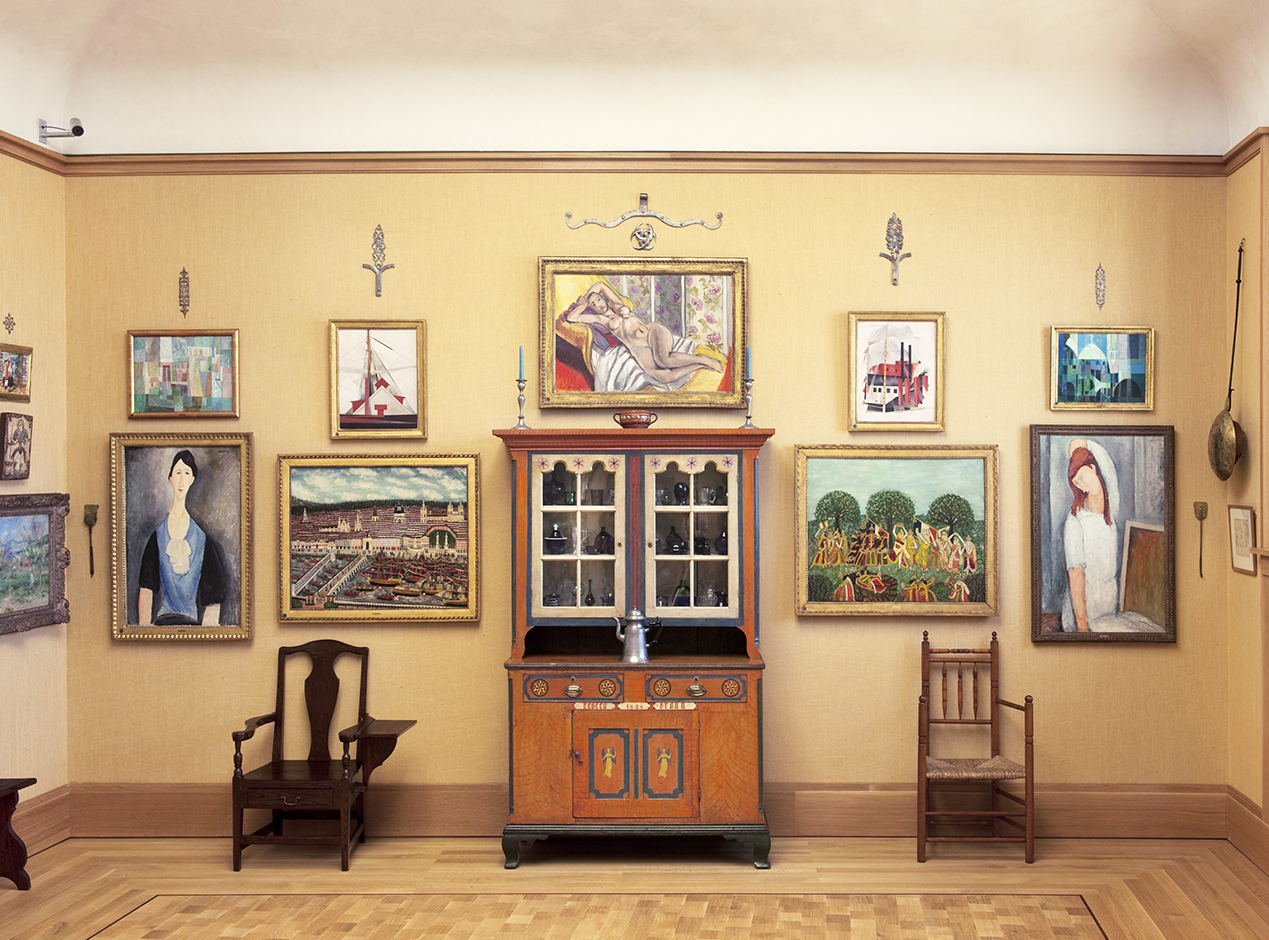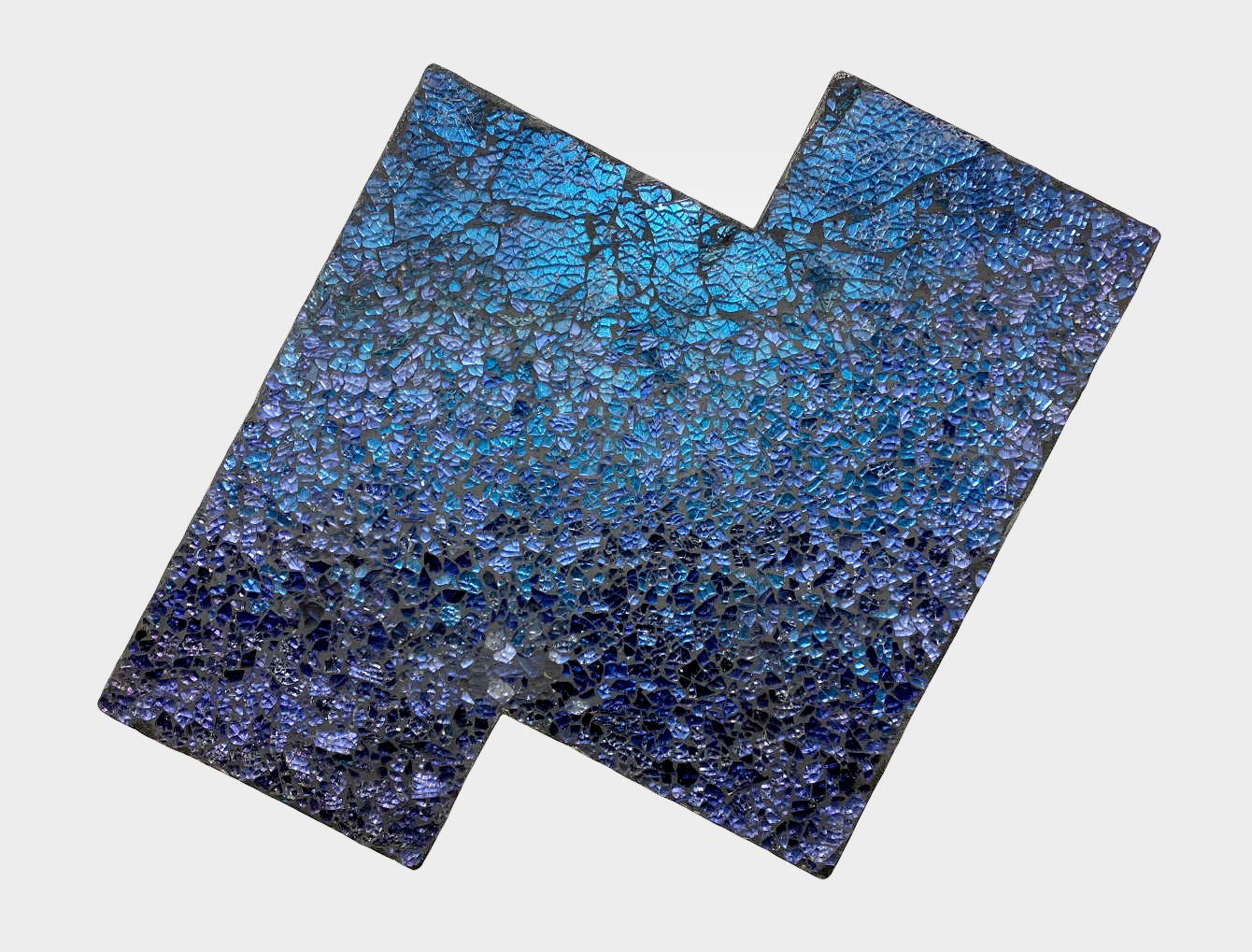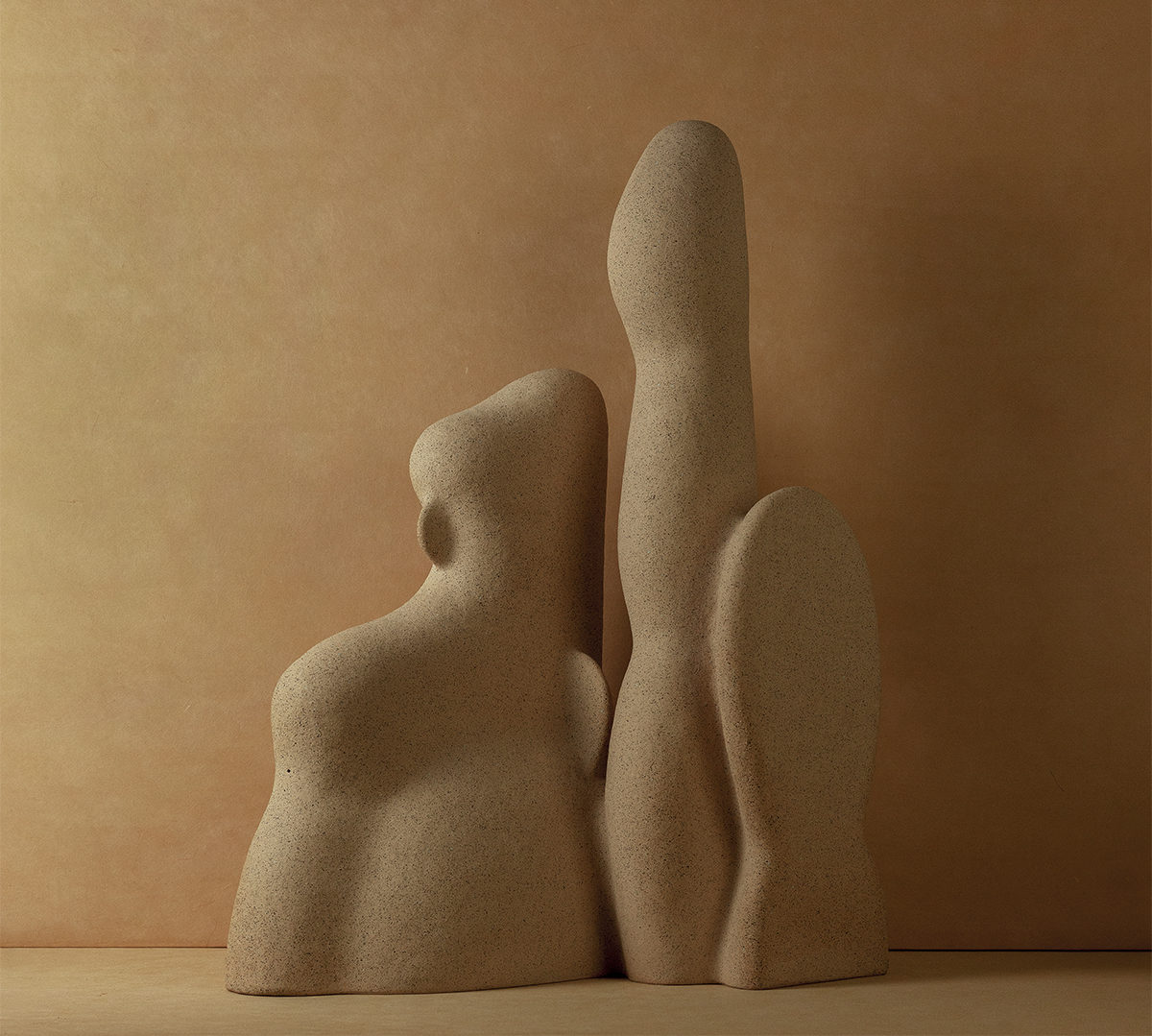
05.12.21
Up and Coming
The Old is New in Gippeum Roh’s Still Life–Inspired Paintings and Ceramics
While citing a host of historical precedents such as Constantin Brancusi, Henry Moore, Isamu Noguchi, Paul Cézanne and more, South Korea–based painter and ceramic artist Gippeum Roh possesses a singular confidence in the originality of her work. This confidence is in part backed by her close reading of 20th-century French philosopher Maurice Merleau-Ponty’s Phenomenology of Perception (1945). Chapters on Cézanne and art in general describe Merleau-Ponty’s thesis that art is only ever the representation of one’s lived experience. Roh translates the French philosopher’s theories to her practice, saying: “The themes in my work — nature, still life, light, shadow — are as old as time, and yet my work has its own originality because it is expressed through my eyes and hands.”
Roh’s paintings have the flattened perspective of Cézanne’s apples, the muted color palette and tight interlocking composition of a Giorgio Morandi still life, and a hint of the sensuousness of Georgia O’Keeffe’s flowers and landscapes. Asked about the source of her visual repertoire, Roh says, “My painting is about the everyday things that I bring to my studio. I collect things and place them, just as in the long tradition of still life painting. Light and shadow; natural, cool or warm light play an important role in revealing the appearance and essence of objects.” In addition to her paintings, Roh creates three-dimensional ceramic sculptures born from her two-dimensional work. Shapely yet contained, they are reminiscent of Jean Arp’s ambiguous, biomorphic forms. Roh explains her source material: “My sculpture comes from the patterns in my paintings. When I’m resting or needing some distance from one of my paintings, I tend to create a sculpture.”
With a background in the applied arts including design and fashion, Roh has more recently been embracing art for art’s sake, which, as a child, seemed to be the domain of the tortured and the abject: “I liked art and drawing even when I was very young, but the life and work of the famous artists I learned about in school always seemed so depressing, and this wasn’t my reality. I had a happy life, so I thought I could only be a designer and not an artist.” Roh is learning that it turns out you can be an artist without the tortured soul. In 2019, Roh exhibited paintings and sculptures in a group show in St. Moritz, and earlier this year, she had a solo exhibition of paintings in Seoul. Roh happily reports: “My studio is currently under renovation — it will be the first time having my own art studio.”
